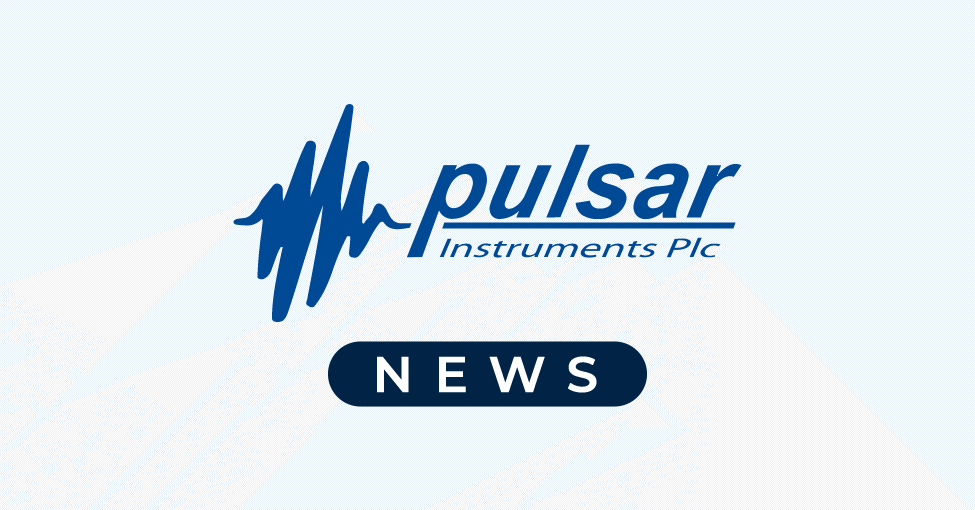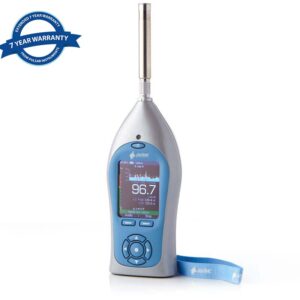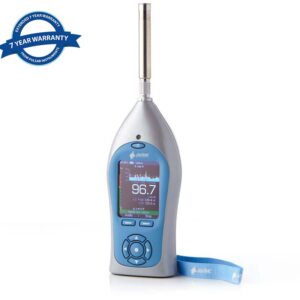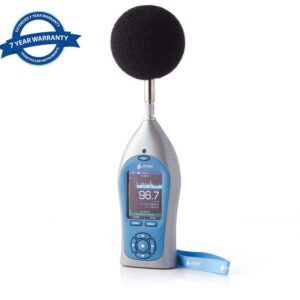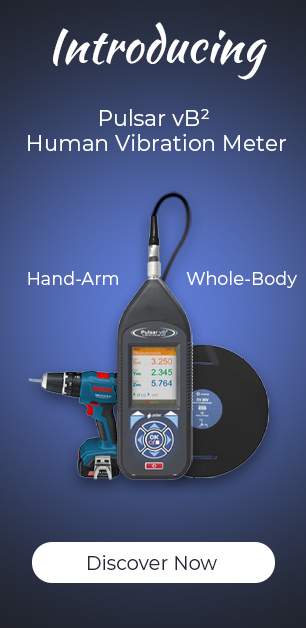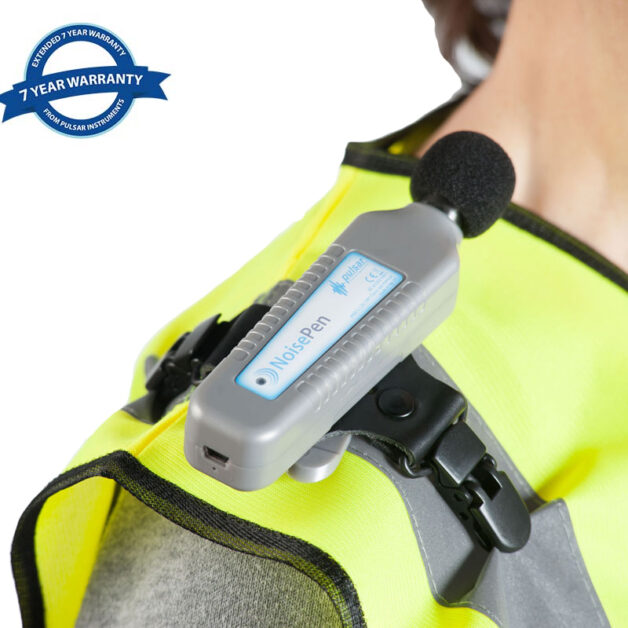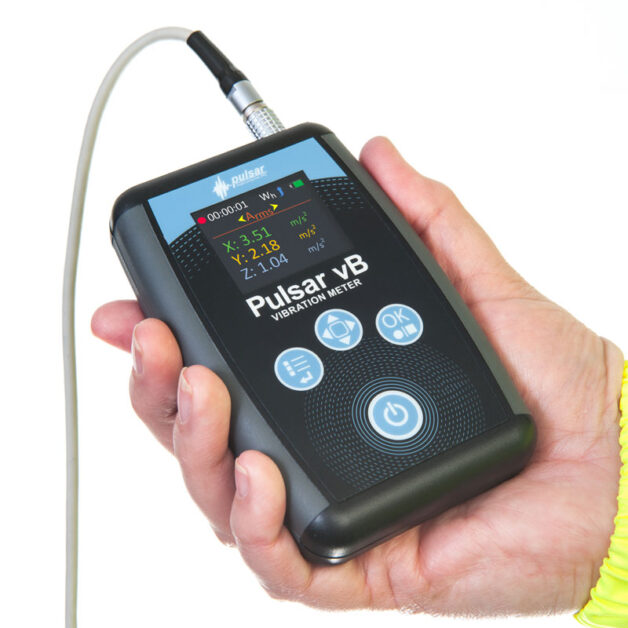What is SNR and how can it help determine the effectiveness of hearing protection?
Have you ever noticed on the packaging of a UKCA (or CE) approved hearing protector that there is a quantity denoted in decibels? This quantity is known as the Single Number Rating (SNR) and can be extremely useful when determining the effectiveness of a hearing protector.
What is SNR?
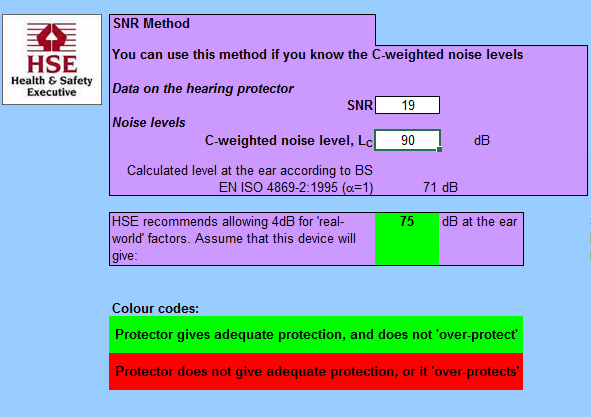
Single Number Rating (SNR) is a single attenuation value which is often sufficient enough to estimate the protection provided by a hearing protector against exposure to noise.
Under noise at work regulations, employers have a duty to protect their employee’s hearing from excessive noise at their place of work. The last thing employer’s want is to provide inadequate protection, or even over protect, so it can be useful to use the SNR method to determine the effectiveness of your hearing protection.
The SNR method is convenient to use if your sound level meter doesn’t have the facility to take octave band readings but incorporates a ‘C’ weighting filter.
Using the SNR method for selecting hearing protection
The SNR method will help you to predict the noise level at the ear of the person exposed to noise, but to do this you must first determine the equivalent continuous ‘C’ weighted sound pressure level of the noise. The results are then processed as follows:
LCeq – SNR = LAeq
So, for example, if the SNR is 19, and the LCeq is 90, your sum would be 90 – 19 = 71dB.
The HSE recommends that you allow 4dB for real-world factors, so you would then assume that the chosen hearing protector will give 75dB at the ear.
To find out more about using the SNR rating to prescribe the correct level of hearing protection download our free guide “How to select the correct level of hearing protection”. The guide also includes:
- What is hearing PPE?
- Why and when is it needed?
- Summary of the 3 main ways to select hearing PPE (1. SNR (Single Number Rating), 2. HML Method (High, Medium, Low parameters) and 3. Octave Band Analysis)
- Worked examples showing how to select the correct level of Hearing PPE using the SNR and HML Method of selecting hearing protection.
Can I use Pulsar equipment with the SNR method?
The short answer is yes!
Sound level meters, such as the Pulsar Nova Noise at Work meter, which is a high-performance class 2 integrating averaging sound level meter measuring Leq, Peak and C-A (for hearing protection calculation), are perfect for helping you use the SNR method to determine the effectiveness of your hearing protection.
If your needs are more suited to a personal sound exposure meter, you could use the Pulsar NoisePen noise dosimeter to capture, record, and calculate workers’ noise exposure, and this will also allow you to use the SNR method when looking at how effective your hearing protection is.
Find out more about selecting the correct hearing protection here.
-
 Noise at Work Sound Level Meter – Nova Class 2From $2.657,20 (Ex. VAT/GST)
Noise at Work Sound Level Meter – Nova Class 2From $2.657,20 (Ex. VAT/GST) -
 Noise at Work Sound Level Meter – Nova Class 1From $3.046,40 (Ex. VAT/GST)
Noise at Work Sound Level Meter – Nova Class 1From $3.046,40 (Ex. VAT/GST) -
 Low-Cost Decibel Meter – Pulsar Nova Class 2From $1.358,00 (Ex. VAT/GST)
Low-Cost Decibel Meter – Pulsar Nova Class 2From $1.358,00 (Ex. VAT/GST)
